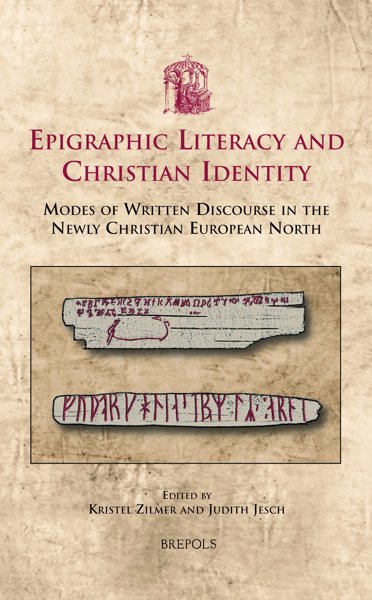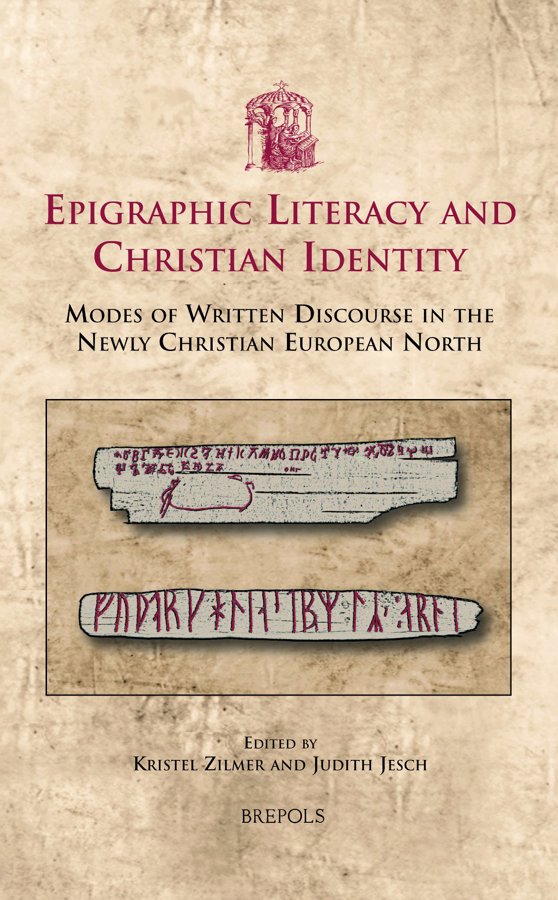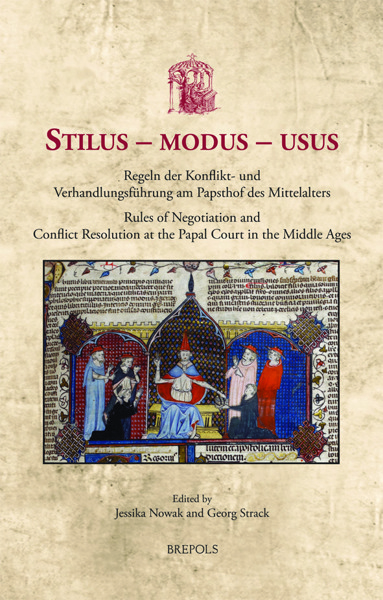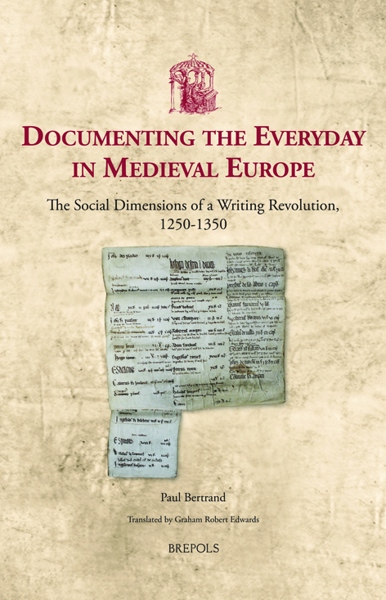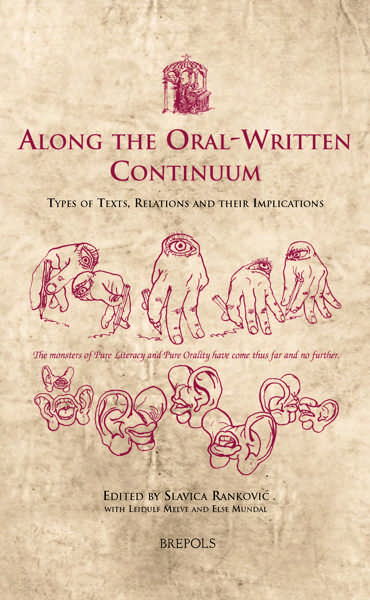
Epigraphic Literacy and Christian Identity
Modes of Written Discourse in the Newly Christian European North
Kristel Zilmer, Judith Jesch (eds)
- Pages: vi + 273 p.
- Size:156 x 234 mm
- Illustrations:39 b/w
- Language(s):English
- Publication Year:2012
- € 95,00 EXCL. VAT RETAIL PRICE
- ISBN: 978-2-503-54294-2
- Hardback
- Available
- € 95,00 EXCL. VAT RETAIL PRICE
- ISBN: 978-2-503-54318-5
- E-book
- Available
This collection of nine essays deals with the role of epigraphic literacy within the newly introduced Christian culture and the developing tradition of literacy in Northern Europe.
" (...) the papers included in Epigraphic Literacy and Christian Identity provide valuable additions to the study of literate modes of communication and memorialization as they developed along the northern and eastern borders of medieval European civilization, presenting a range of intriguing observations regarding pragmatic literacy in both Norse and Slavic cultural traditions as well as analyzing the impact of Christian culture upon and within those traditions." (Jonathan Herold, in: The Medieval Review, 14.09.21)
"On a donc là un ouvrage stimulant par les questions qu’il pose sur les scripturalités médiévales, agrémenté de nombreuses photos en noir et blanc de ces divers supports gravés." (Th. Brunner, dans: Bulletin codicologique - Scriptorium, 2014/01)
This volume examines the role of epigraphic literacy within the newly introduced Christian culture and the developing tradition of literacy in Northern Europe during the Viking Age and the High Middle Ages. The epigraphic material under scrutiny here originates from Scandinavia and North-West Russia – two regions that were converted to Christianity around the turn of the first millennium. Besides traditional categories of epigraphic sources, such as monumental inscriptions on durable materials, the volume is concerned with more casual inscriptions on less permanent materials. The first part of the book discusses a form of monumental epigraphic literacy manifested on Scandinavian rune stones, with a particular focus on their Christian connections. The second part examines exchanges between Christian culture and ephemeral products of epigraphic literacy, as expressed through Scandinavian rune sticks, East Slavonic birchbark documents and church graffiti. The essays look beyond the traditional sphere of parchment literacy and the Christian discourse of manuscript sources in order to explore the role of epigraphic literacy in the written vernacular cultures of Scandinavia and North-West Russia.
Epigraphic Literacy and the Communication of Christian Culture in Northern Europe
KRISTEL ZILMER
Part I: Runic Literacy and Christian Connections in the Context of Scandinavian Rune Stones
Clerical or Lay Literacy in Late Viking Age Uppland? The Evidence of Local Rune Carvers and Their Work
MAGNUS KÄLLSTRÖM
Carving Technique and Runic Literacy
LAILA KITZLER ÅHFELDT
Christianity in Runes: Prayers in Scandinavian Rune Stone Inscriptions from the Viking Age and the Early Middle Ages
KRISTEL ZILMER
“Dead in White Clothes”: Modes of Christian Expression on Viking Age Rune Stones in Present-Day Sweden
HENRIK WILLIAMS
Part II: Exchanges between Christian Culture and Practical Modes of Correspondence in Scandinavia and Northwestern Russia: Rune Sticks, Birchbark Documents and Church Graffiti
Pragmatic Runic Literacy in Scandinavia c. 800-1300: With a Particular Focus on the Bryggen Material
MICHAEL SCHULTE
How Christian Were the Norwegians in the High Middle Ages? The Runic Evidence
TERJE SPURKLAND
The Birchbark Documents in Time and Space – Revisited
JOS SCHAEKEN
Birchbark Literacy and the Rise of Written Communication in Early Rus’
ALEXEJ GIPPIUS
Written Culture of Medieval Novgorod in the Light of Epigraphy
TATJANA ROZHDESTVENSKAJA
List of Contributors
